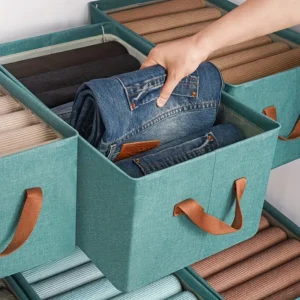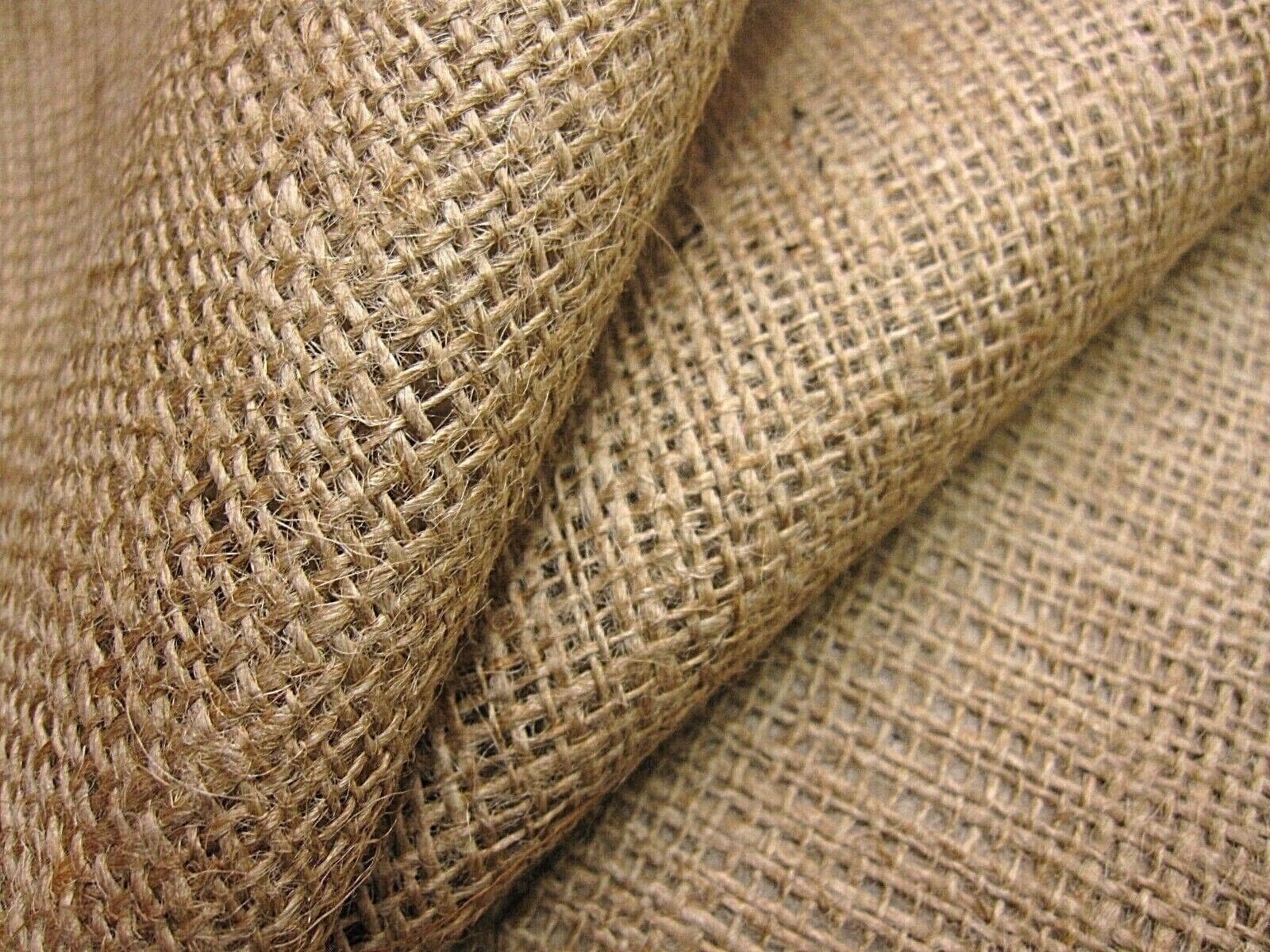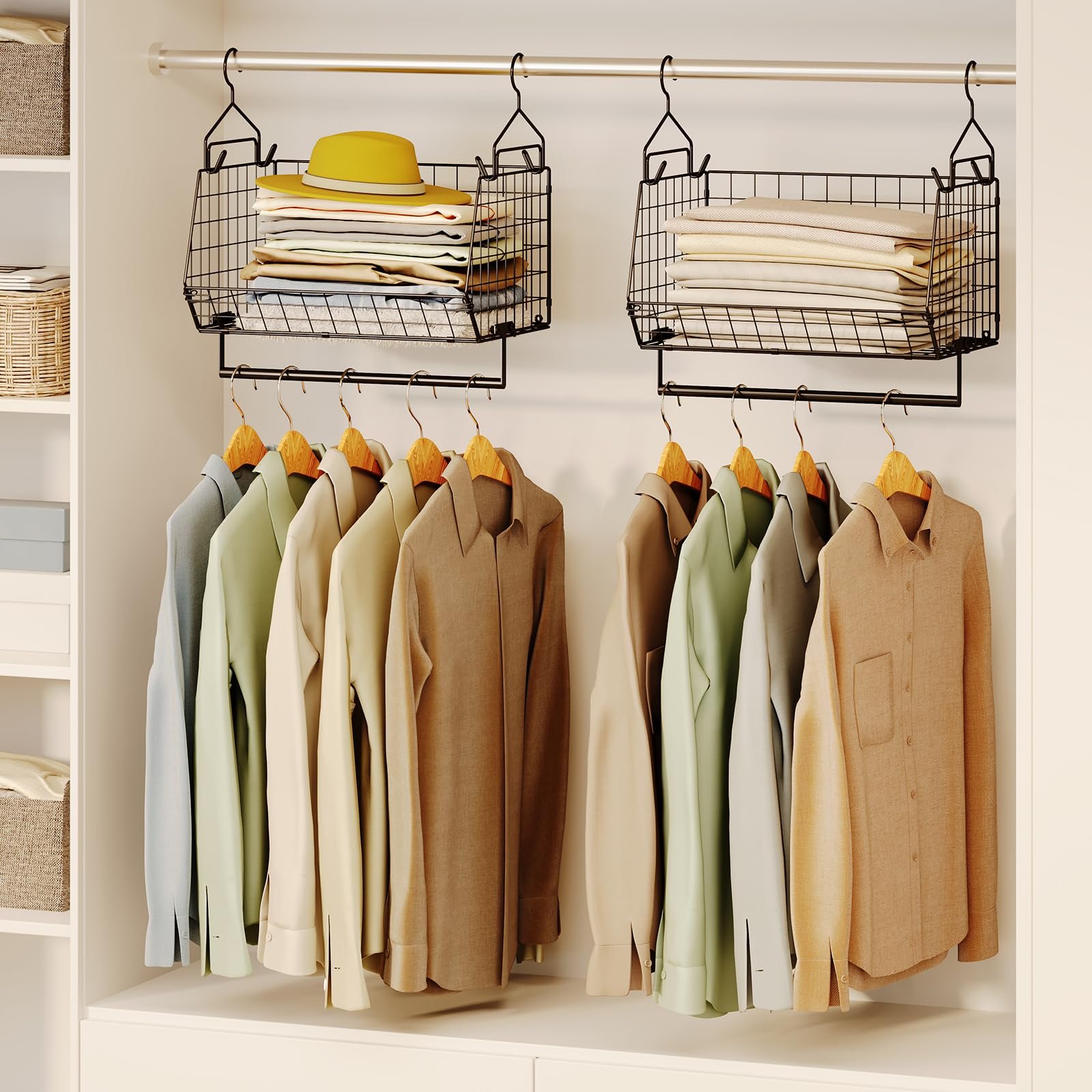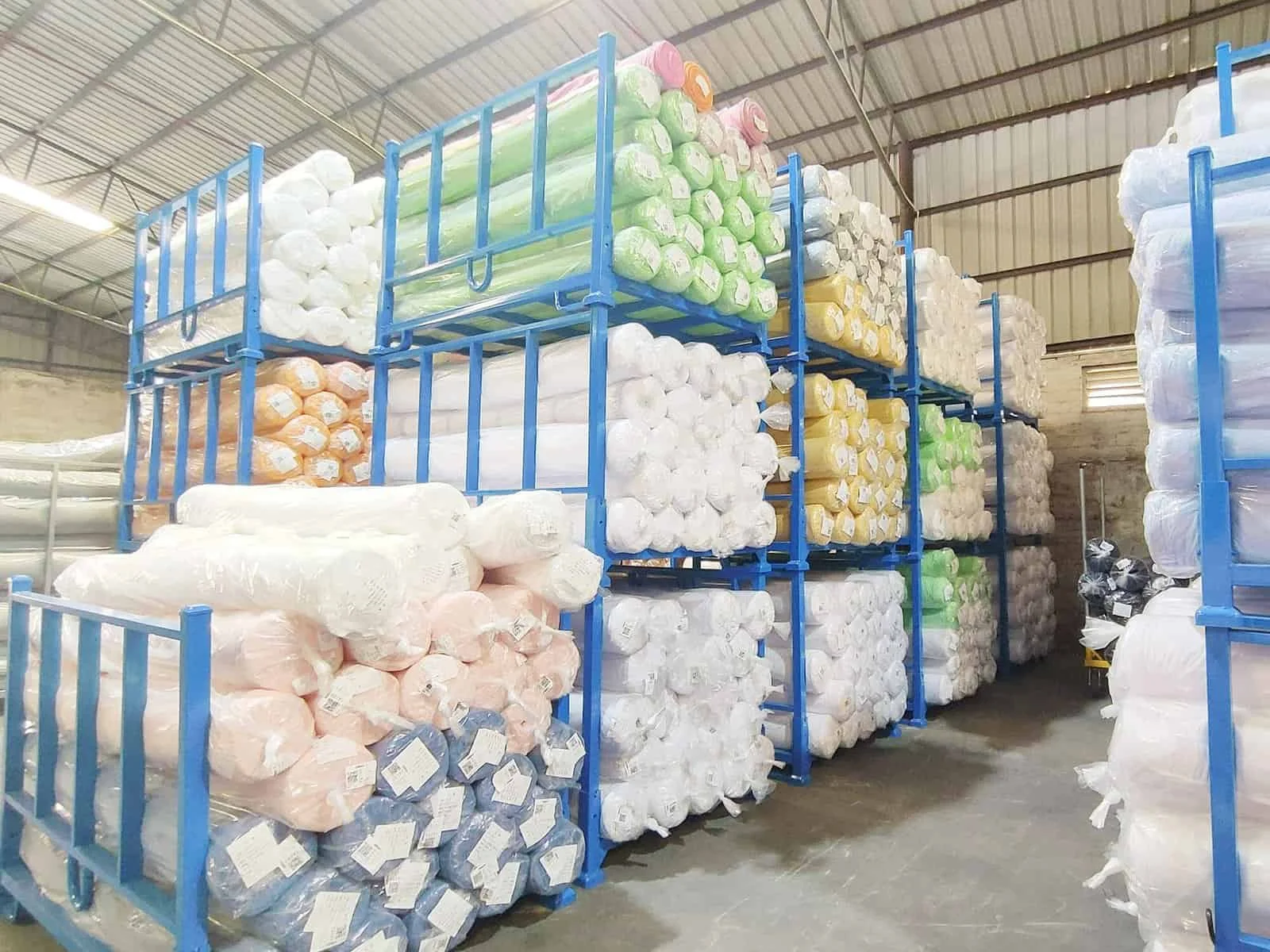Introduction: Why Mold on Fabric Is a Serious Problem
Few things are more frustrating than pulling out your favorite shirt, bag, or storage box and discovering it covered in mold. Not only does mold stain and weaken fabric fibers, but it also produces a musty smell and can trigger allergies.
So, how to get mold out of fabric effectively? The good news is that there are several safe and practical methods to remove mold from clothing, bags, and household fabrics—while also preventing it from returning.
Step 1: Identify Mold on Fabric
Before cleaning, confirm that the problem is mold, not just dust or dirt. Signs include:
Green, black, or white fuzzy spots
Musty, damp odor
Stiff or weakened fabric texture
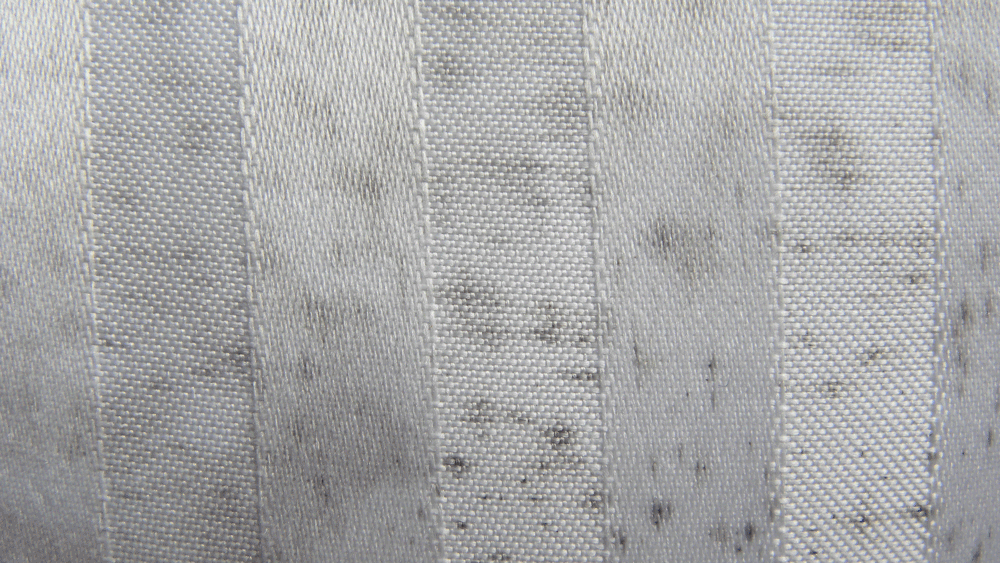
Step 2: Brush Off Loose Mold Outdoors
Take the item outside and gently brush off surface mold with a soft brush. Doing this outdoors prevents spores from spreading inside your home.
⚠️ Always wear gloves and, if possible, a mask to avoid inhaling mold spores.
Step 3: Pre-Treat Moldy Areas
Natural Remedies
White Vinegar: Spray directly on mold stains and let sit for 30 minutes before washing.
Baking Soda Paste: Mix baking soda with water, apply to stains, and scrub gently.
Lemon Juice + Salt: Effective for light-colored fabrics.
Chemical Options
Hydrogen Peroxide (3%) – Works for white or colorfast fabrics.
Specialty Mold Removers – Available in stores for tough cases.
Step 4: Wash the Fabric Thoroughly
Use the hottest water safe for the fabric type.
Add a cup of white vinegar or baking soda to your laundry detergent for extra mold-fighting power.
Dry in direct sunlight, as UV rays naturally kill mold spores.
Step 5: Dry Completely to Prevent Regrowth
Mold thrives in damp environments. Ensure the fabric is completely dry before putting it away. Sun-drying is best; otherwise, use a well-ventilated space.
Special Cases: Mold on Different Types of Fabric
Cotton and Linen: Tolerate vinegar and hot water well.
Wool and Silk: Require gentle cleaning—use lemon juice or professional dry cleaning.
Synthetic Fabrics (Polyester, Nylon): More resistant but may hold odor longer; vinegar works best.
Prevention: Stop Mold Before It Starts
Getting mold out of fabric is one thing, but preventing it is even more important.
Storage Tips
Always dry clothes and linens completely before storing.
Use breathable fabric storage bags instead of plastic.
Add silica gel packs or cedar blocks inside storage boxes.
Store in cool, dry, and well-ventilated areas.
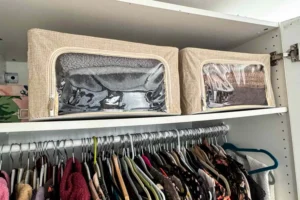
How Our Products Help Prevent Mold
High-quality fabric storage boxes, laundry bags, and closet organizers can help reduce the risk of mold by keeping clothes ventilated and protected. Unlike plastic bins, fabric organizers allow airflow while still shielding items from dust.
For seasonal items like sweaters or bedding, a durable zippered fabric storage bag with moisture absorbers is the perfect solution to prevent mold damage.
FAQ: How to Get Mold Out of Fabric
Q: Can I remove mold stains from colored fabric?
Yes, but test vinegar, lemon, or hydrogen peroxide on a hidden area first.
Q: Does sunlight kill mold on fabric?
Yes, UV rays are a natural mold killer—sun-drying is highly recommended.
Q: Will bleach remove mold from fabric?
Bleach works on white fabrics but can damage colors. Use carefully.
Q: How do I stop mold in stored clothes?
Store in breathable fabric bags, keep closets dry, and use silica gel packs.
Q: Are mold stains permanent?
Severe stains may leave slight discoloration, but most can be reduced with proper treatment.
Conclusion: Fresh, Clean, and Mold-Free
Now you know exactly how to get mold out of fabric—from brushing and vinegar treatments to sun-drying and proper storage. By combining cleaning methods with smart storage solutions, you can protect your clothing, linens, and home organizers for the long term.
If you’re ready to keep your wardrobe fresh and mold-free, explore our collection of fabric storage boxes, laundry bags, and closet organizers designed to protect your belongings with both durability and style.
